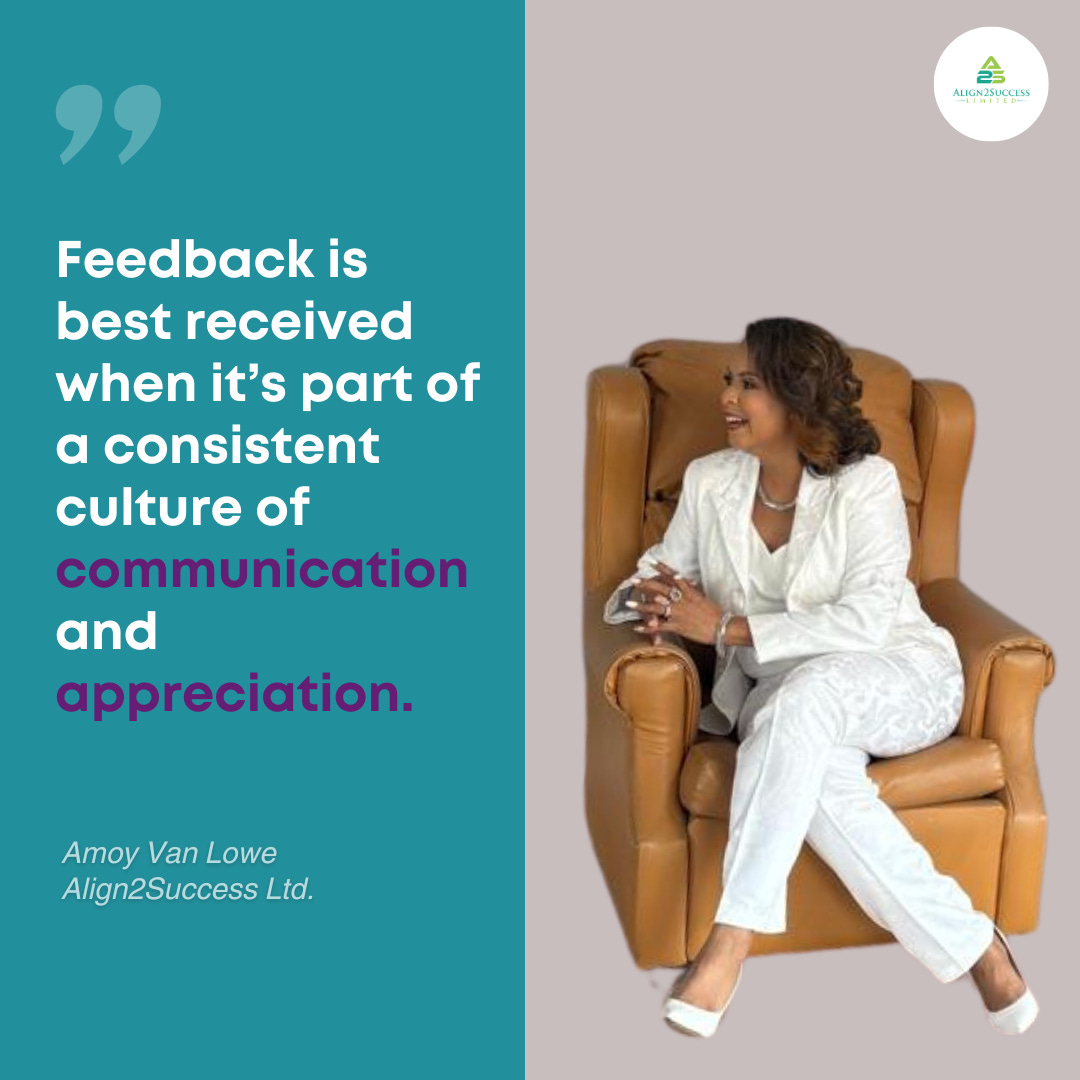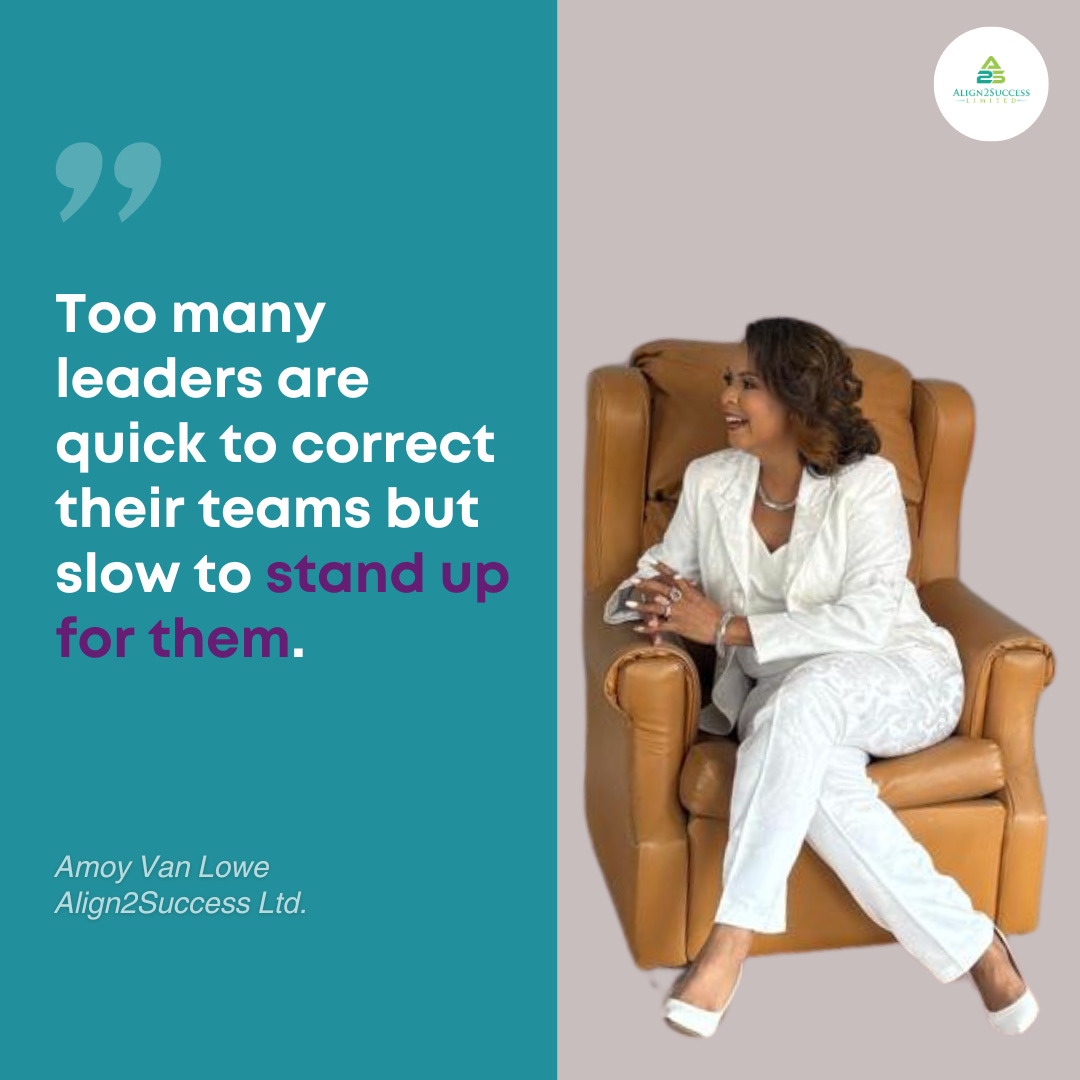Welcome to the ‘Week 2 - Communication in the Workplace’ Recap. 🙋♀️
For this particular topic, as it is so expansive, I asked my community for their feedback on the challenging workplace conversations they face daily, and that’s what I’m focusing on addressing throughout this month.
(It’s not too late to submit one here if you like!)
Over the past week, I dove headfirst into some of the challenges shared, which ranged from navigating difficult feedback to supporting overwhelmed teams.
A healthy workplace hinges off of healthy communication and so it is important to nip these matters in the bud before they fester and affect our workplace culture.
Here are the tips that I shared last week:
“𝑯𝒐𝒘 𝒅𝒐 𝑰 𝒈𝒊𝒗𝒆 𝒄𝒐𝒏𝒔𝒕𝒓𝒖𝒄𝒕𝒊𝒗𝒆 𝒄𝒓𝒊𝒕𝒊𝒄𝒊𝒔𝒎 𝒕𝒐 𝒂 𝒘𝒆𝒂𝒌 𝒕𝒆𝒂𝒎 𝒎𝒆𝒎𝒃𝒆𝒓 — 𝒆𝒔𝒑𝒆𝒄𝒊𝒂𝒍𝒍𝒚 𝒇𝒓𝒐𝒎 𝒕𝒉𝒆 𝒎𝒊𝒍𝒍𝒆𝒏𝒏𝒊𝒂𝒍 𝒈𝒆𝒏𝒆𝒓𝒂𝒕𝒊𝒐𝒏 — 𝒘𝒉𝒐 𝒊𝒔 𝒘𝒆𝒍𝒍-𝒆𝒅𝒖𝒄𝒂𝒕𝒆𝒅 𝒂𝒏𝒅 𝒇𝒆𝒆𝒍𝒔 𝒕𝒉𝒆𝒚 𝒌𝒏𝒐𝒘 𝒊𝒕 𝒂𝒍𝒍?”
For this, I recommend the SBI Framework — Situation, Behavior, Impact.
It focuses on facts, not feelings, which is especially important when communicating with confident high-performing team members.
Here’s how it works:
Situation:
Describe when and where the behavior happened. Be specific.
🗣️ “In yesterday’s client meeting when we were discussing the project timeline…”
Behavior:
Focus only on what the person said or did. Not your interpretation.
🗣️ “…you interrupted the client several times and spoke over them.”
Impact:
Explain how the behavior affected others or the outcome.
🗣️ “It seemed to affect the client’s confidence in our ability to listen and collaborate.”
Then open the floor:
🗣️ “I wanted to check in with you on that. Can you walk me through what was happening on your end?”
Read more here.
"𝑻𝒉𝒆 𝒎𝒐𝒔𝒕 𝒅𝒊𝒇𝒇𝒊𝒄𝒖𝒍𝒕 𝒔𝒄𝒆𝒏𝒂𝒓𝒊𝒐 𝒊𝒔 𝒘𝒐𝒓𝒌𝒊𝒏𝒈 𝒘𝒊𝒕𝒉 𝒐𝒕𝒉𝒆𝒓 𝒍𝒆𝒂𝒅𝒆𝒓𝒔 𝒘𝒉𝒐 𝒅𝒐 𝒏𝒐𝒕 𝒔𝒑𝒆𝒂𝒌. 𝑻𝒉𝒆𝒊𝒓 𝒈𝒐-𝒕𝒐 𝒊𝒔 𝒂 𝒇𝒐𝒓𝒎𝒂𝒍 𝒆𝒎𝒂𝒊𝒍 𝒂𝒏𝒅 𝒘𝒉𝒆𝒏 𝒑𝒓𝒆𝒔𝒔𝒆𝒅 𝒕𝒐 𝒔𝒑𝒆𝒂𝒌, 𝒕𝒉𝒆𝒚 𝒂𝒓𝒆 𝒄𝒐𝒎𝒃𝒂𝒕𝒊𝒗𝒆"
Seems like this is an avoidant leader. This is actually very common in the workplace.
Here’s a strategy I recommend:
✅ The Bridge & Invite approach.
1️⃣ Bridge – Acknowledge their preference without judgment.
🗣️ “I notice you prefer written updates. That's totally fair, especially with so much going on.”
2️⃣ Invite – Extend a non-threatening opening for conversation.
🗣️ “For this project, a quick 10-min huddle could really help us align faster. Would that work for you?”
When we lower the emotional temperature, people often show up differently.
Read more here.
"𝑯𝒐𝒘 𝒅𝒐 𝒚𝒐𝒖 𝒄𝒐𝒎𝒎𝒖𝒏𝒊𝒄𝒂𝒕𝒆 𝒏𝒆𝒘 𝒅𝒆𝒂𝒅𝒍𝒊𝒏𝒆𝒔 𝒕𝒐 𝒃𝒆 𝒎𝒆𝒕 𝒂𝒎𝒊𝒅𝒔𝒕 𝒂𝒍𝒓𝒆𝒂𝒅𝒚 𝒐𝒗𝒆𝒓𝒘𝒉𝒆𝒍𝒎𝒆𝒅 𝒔𝒕𝒂𝒇𝒇?"
This situation came up multiple times in my survey!
Here’s how to go about it:
1️⃣Acknowledge the load
🗣️ “I can see you have several deliverables on your plate this week, and I appreciate how hard you are pushing to deliver”
2️⃣Explain the why
🗣️ “This new request is a chance to secure a major contract, if we win this one, it will be good for everyone"
3️⃣Reprioritize together
🗣️“What can we safely shift to next week? Which tasks are essential and which can be pushed back without major fallout?”
4️⃣Remove roadblocks and offer support
🗣️ “Tell me what resources or approvals would help you move faster and I will arrange the necessary support.”
5️⃣Advocate on their behalf
If there is no way that your team member can realistically manage the task in the set time frame, I always encourage leaders to advocate for their team members!
You rarely receive extensions you don’t ask for!
This also shows your team that you are actively working to protect their capacity.
Read more here.
BONUS:
⚠️IMPORTANT TIP FOR LEADERS:
You must advocate for your team.
Too many leaders are quick to correct their teams but slow to stand up for them.
That needs to change.
Advocating for your team communicates one powerful message:
You are seen. You are heard. You are respected. You are valued!
Advocacy is not about excusing poor performance.
It’s about taking responsibility for the environment your team is in and giving them the tools and space they need to thrive.
Read more here.
As we continue exploring the theme of communication in the workplace, I hope these insights help you feel more equipped and confident to lead with clarity, empathy and courage.
Remember leadership isn’t about having all the answers — it’s about being willing to have the right conversations.
See you next week as we unpack even more real scenarios and practical strategies.
Until then, keep leading the conversations that matter.
If there’s a situation you’d like me to speak on you can share it anonymously right here.
Make sure to follow me here on LinkedIn so you don’t miss a post.
Looking for more resources to support your leadership journey?
✅ Work with me
🎯Free Emotional Intelligence Challenge for Leaders
📋 Download the Free Readiness Checklist Template
Courageously,
Amoy



